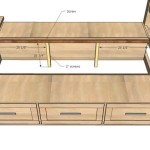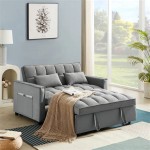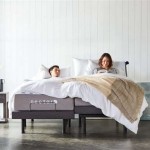Mattress Bags to Prevent Bed Bugs: A Comprehensive Guide
Bed bugs are a common nuisance that can cause significant discomfort and stress. These tiny, parasitic insects feed on human blood, leaving behind itchy bites and allergic reactions. While professional pest control is often necessary to eliminate a bed bug infestation, preventative measures play a crucial role in protecting your home and belongings. One such measure is using a mattress bag to create a barrier against bed bugs.
Understanding the Importance of Mattress Bags
Mattress bags serve as a physical barrier, preventing bed bugs from accessing your mattress. They are typically made from a durable, tightly woven material that is impenetrable to bed bugs and their eggs. This barrier is essential for several reasons:
- Prevention: Mattress bags are particularly useful in preventing bed bug infestations, especially if you live in an area where bed bugs are common. By encasing your mattress, you create a protective layer that makes it difficult for bed bugs to reach your sleeping surface.
- Containment: If a bed bug infestation occurs, a mattress bag can help contain the spread of the pests. By preventing bed bugs from escaping the mattress, you limit their access to other furniture and areas of your home.
- Peace of Mind: Knowing that your mattress is protected by a bed bug-proof barrier can offer peace of mind, especially if you are concerned about bringing bed bugs home from travel or other locations.
Choosing the Right Mattress Bag
When selecting a mattress bag, several factors should be considered:
- Material: The material of the bag should be durable, tightly woven, and impenetrable to bed bugs. Common materials include polyester, nylon, and vinyl.
- Zipper Closure: Look for a bag with a secure zipper that completely seals the mattress. It's also important to ensure that the zipper is durable and doesn't easily break or come undone.
- Size: Ensure the mattress bag is the right size for your mattress. It should fit snugly and without any gaps, allowing for proper coverage.
- Ventilation: Choose a mattress bag that allows for ventilation to prevent moisture buildup and potential mold growth.
- Certification: Look for mattress bags that meet industry standards and have been tested and certified to be bed bug-proof.
Using and Maintaining a Mattress Bag
Once you have selected a mattress bag, it's important to use and maintain it properly for optimal effectiveness:
- Proper Installation: Carefully place the mattress bag over your mattress, ensuring that it is properly fitted and the zipper is completely sealed.
- Regular Cleaning: Vacuum the mattress bag regularly to remove any dust or debris that may have accumulated. Do not wash the bag in a washing machine, as it could damage the protective fabric.
- Inspection: Regularly inspect the mattress bag for any signs of damage or tears that could compromise its effectiveness. Replace the bag if you notice any significant damage.
- Combined Approach: Mattress bags are a valuable preventative measure, but they should not be considered a stand-alone solution. Combine them with other pest control strategies, such as regular vacuuming and professional treatments, to maximize protection.

The Best Mattress Covers For Bed Bug Protection

Can You Still Get Bed Bugs With A Mattress Cover

Waterproof Bed Bug Dust Mite Cotton Mattress Protector Bluestone Target

Bed Bug Mattress Luggage Treatment Kit Hot Shot

Can You Still Get Bed Bugs With A Mattress Cover

9 Of The Best Bedbug Mattress Covers

Do Bed Bug Covers Work Integrity Solutions

Can Bed Bugs Go Through A Plastic Mattress Cover

Do Mattress Protectors Prevent Bed Bugs Yes No Here S Why Ecoy

Twin Size Bed Mattress Cover Zipper Plastic Waterproof Bugs Protector Mites Com







